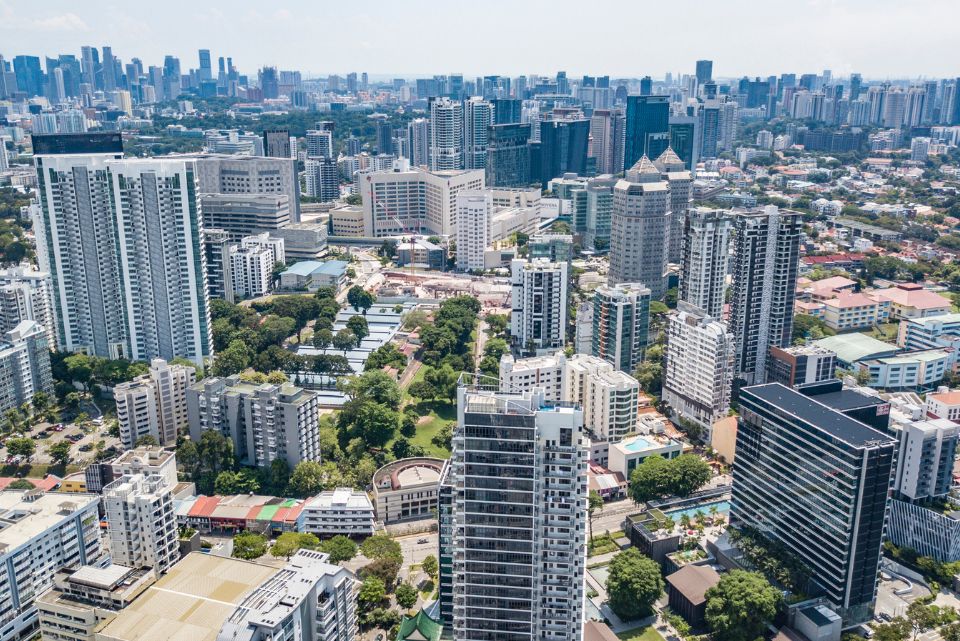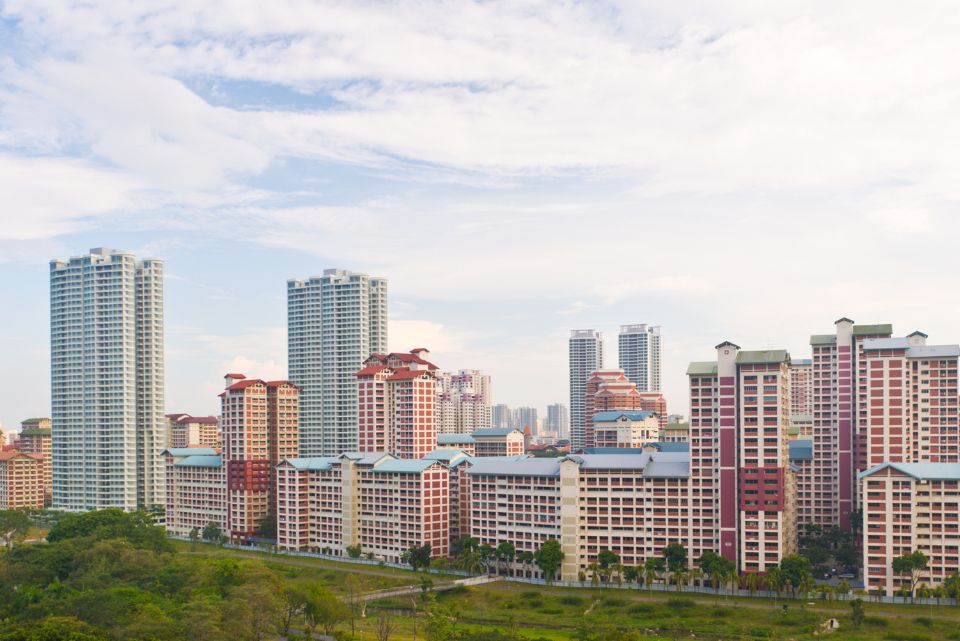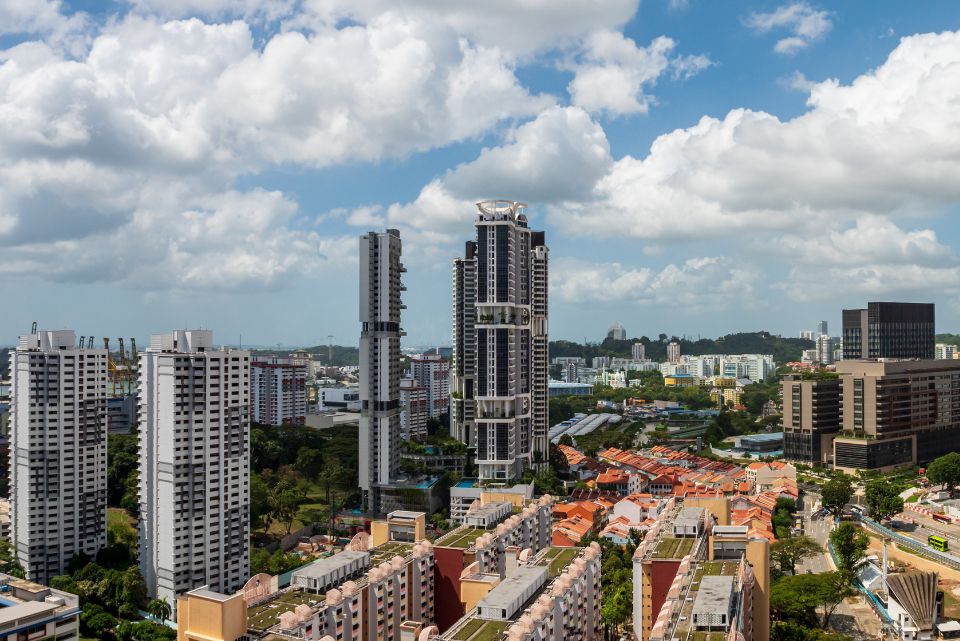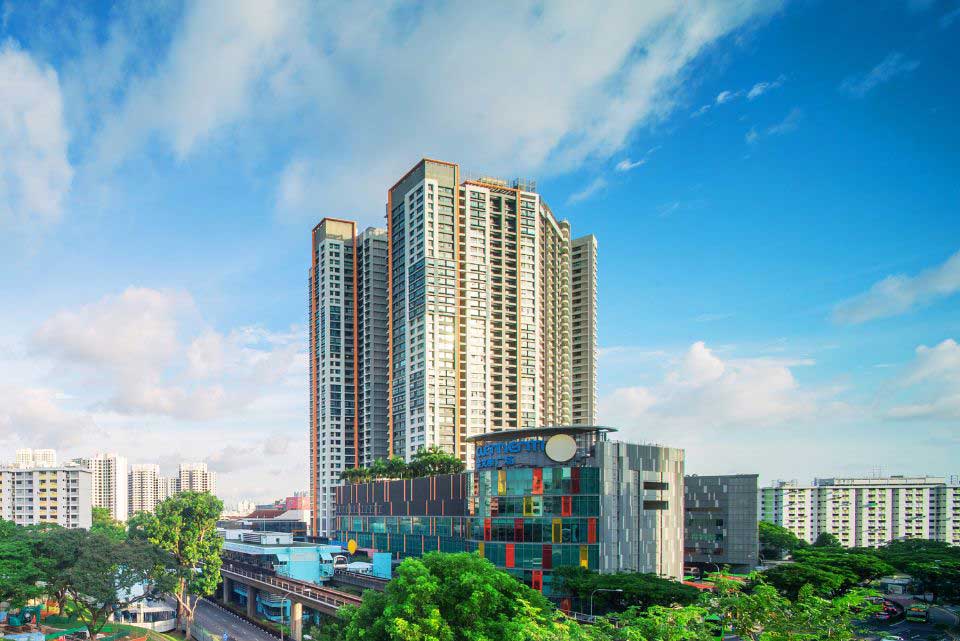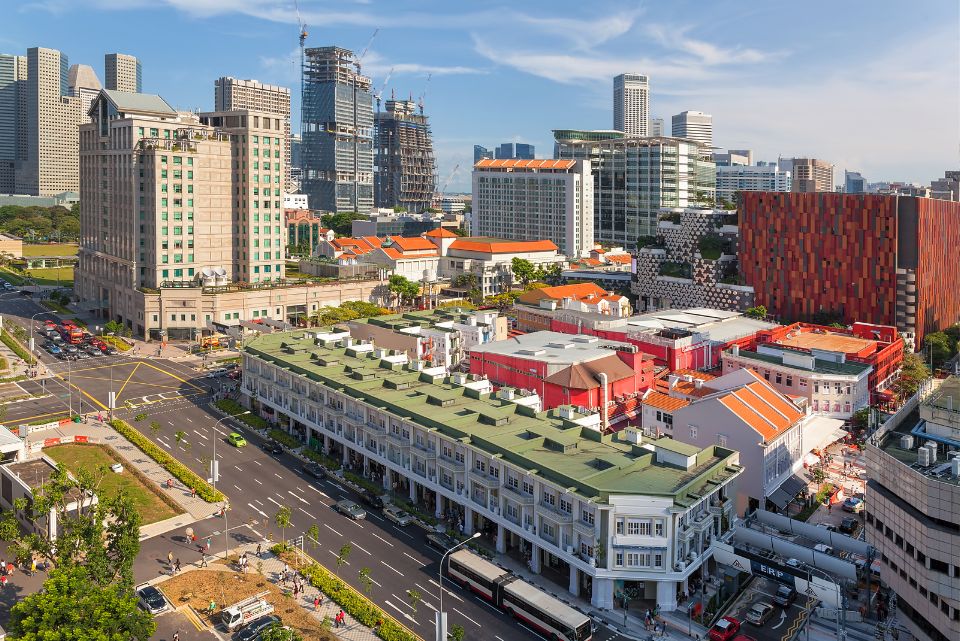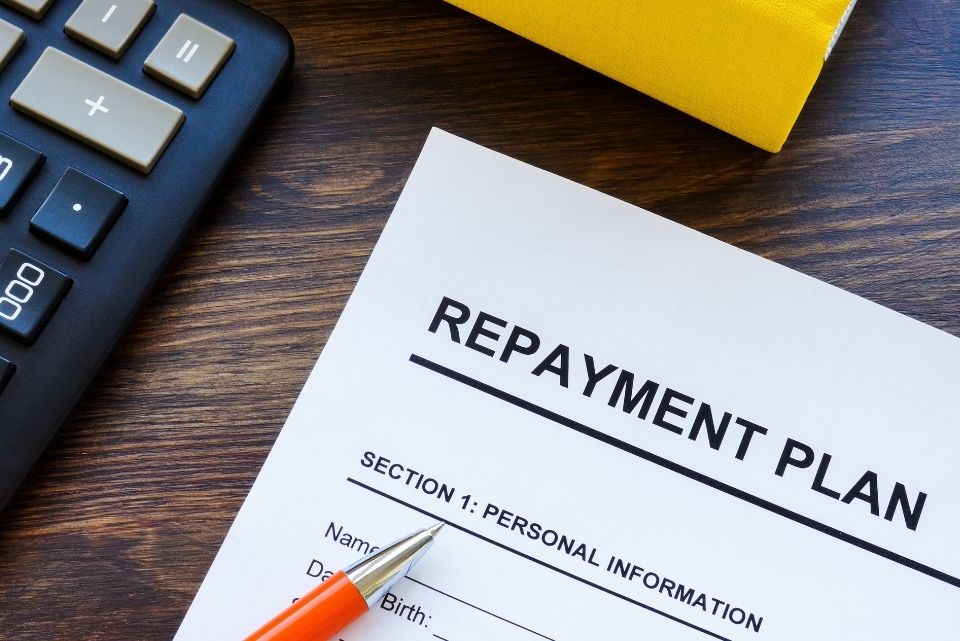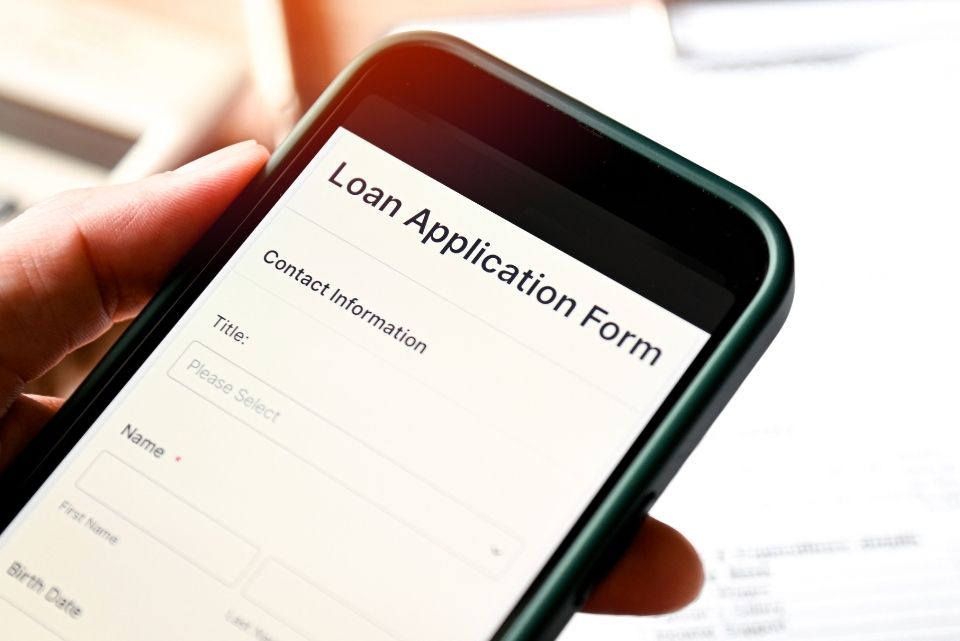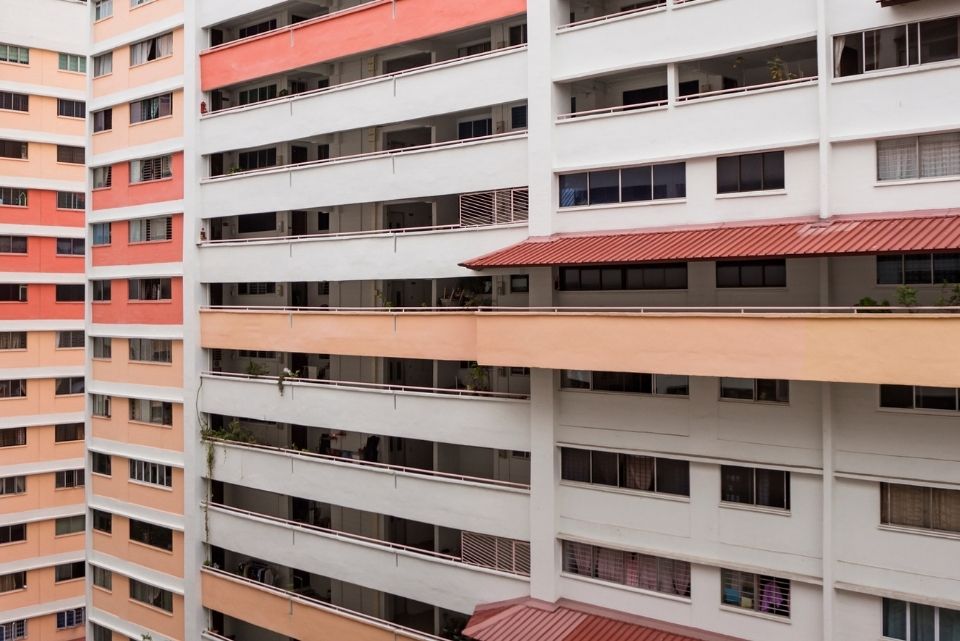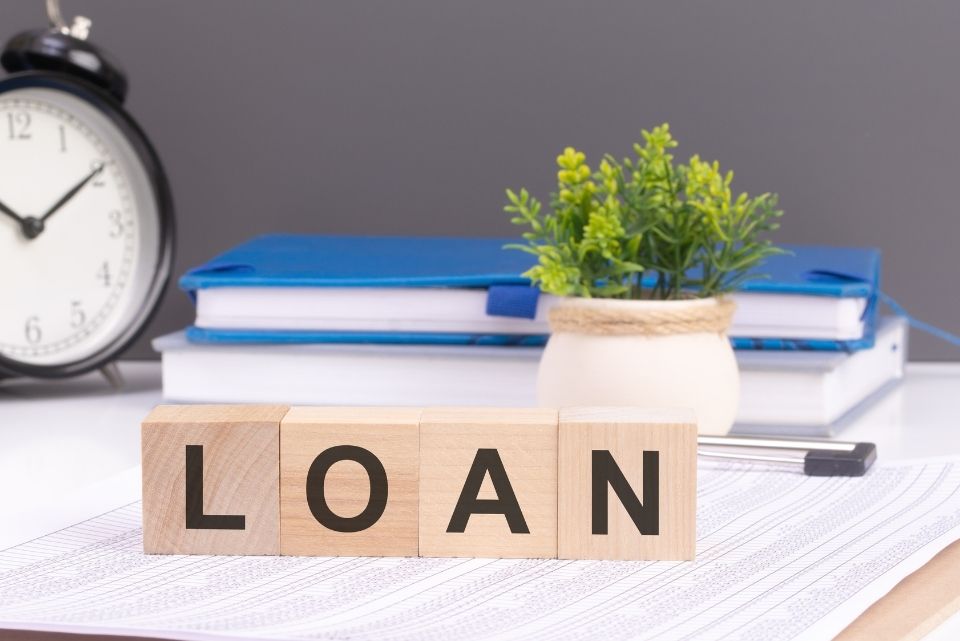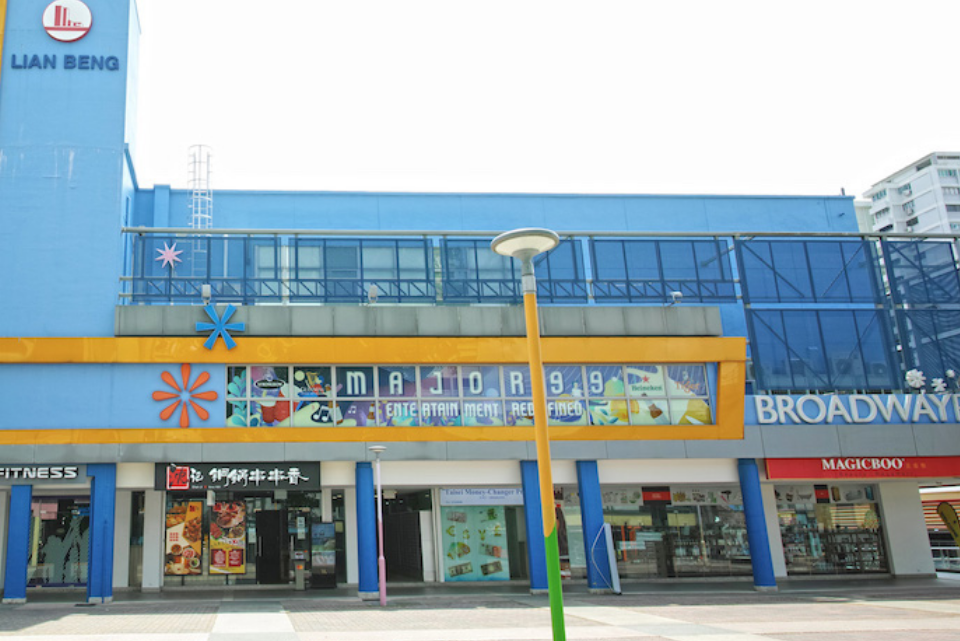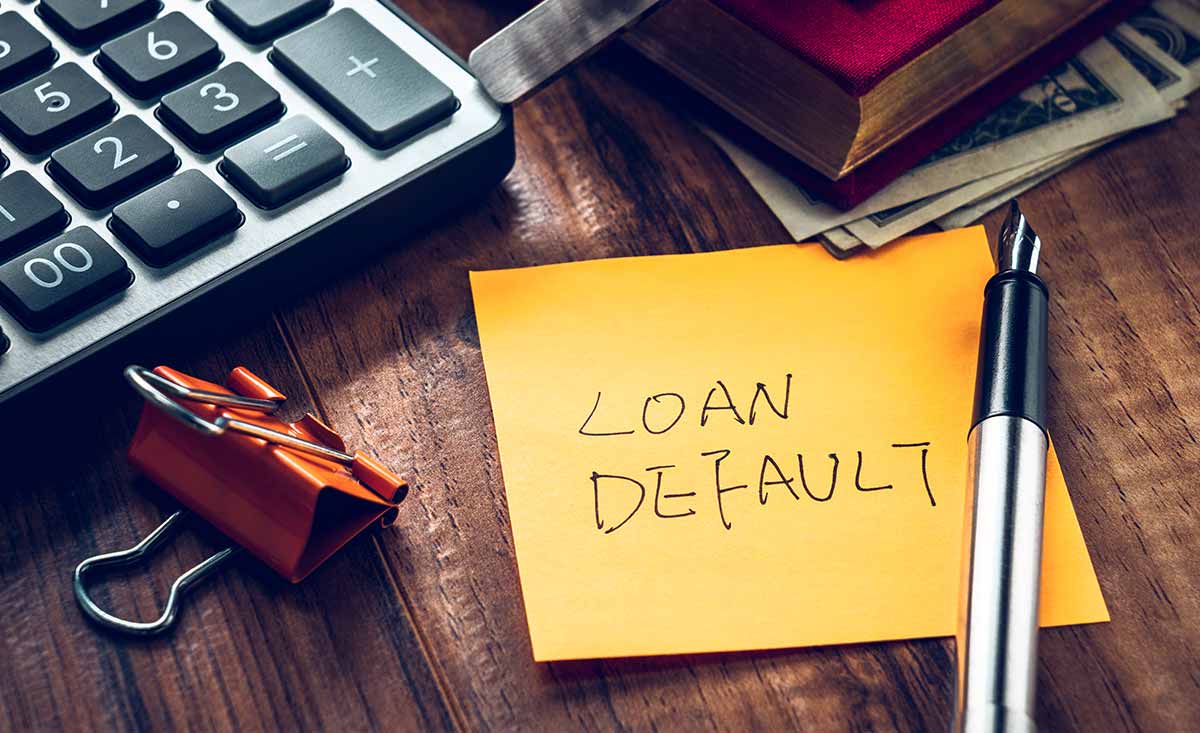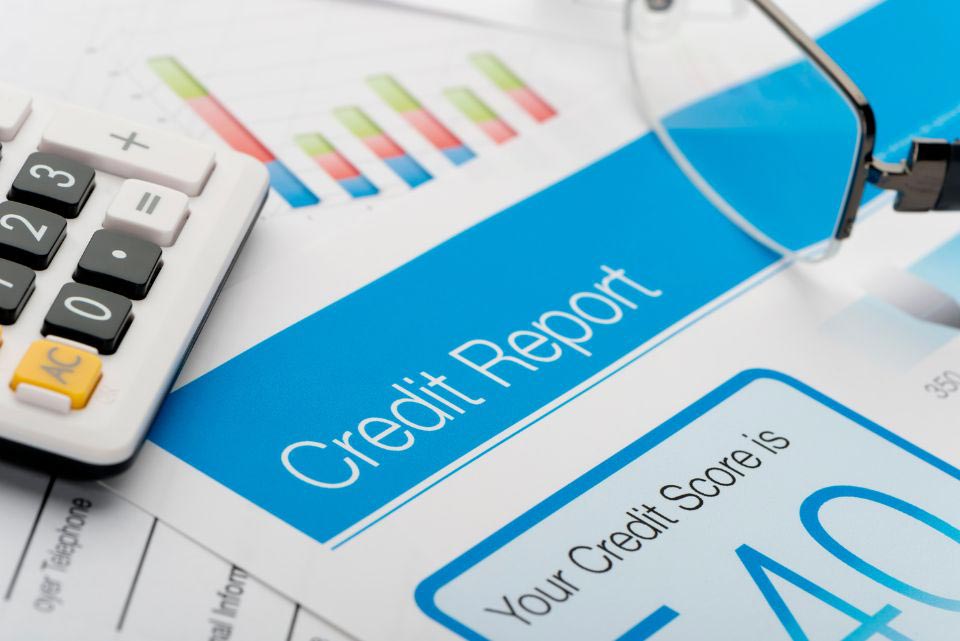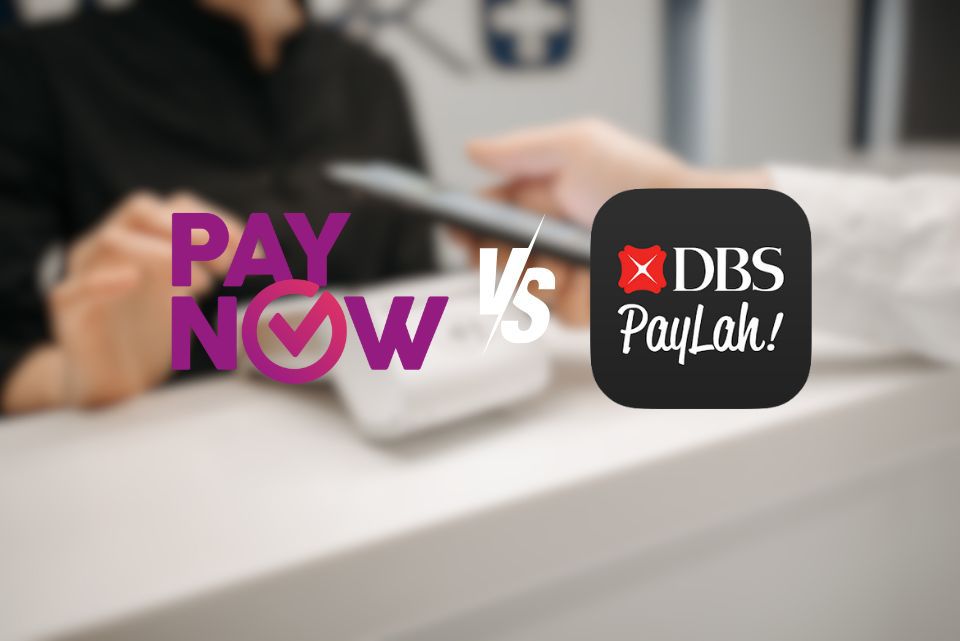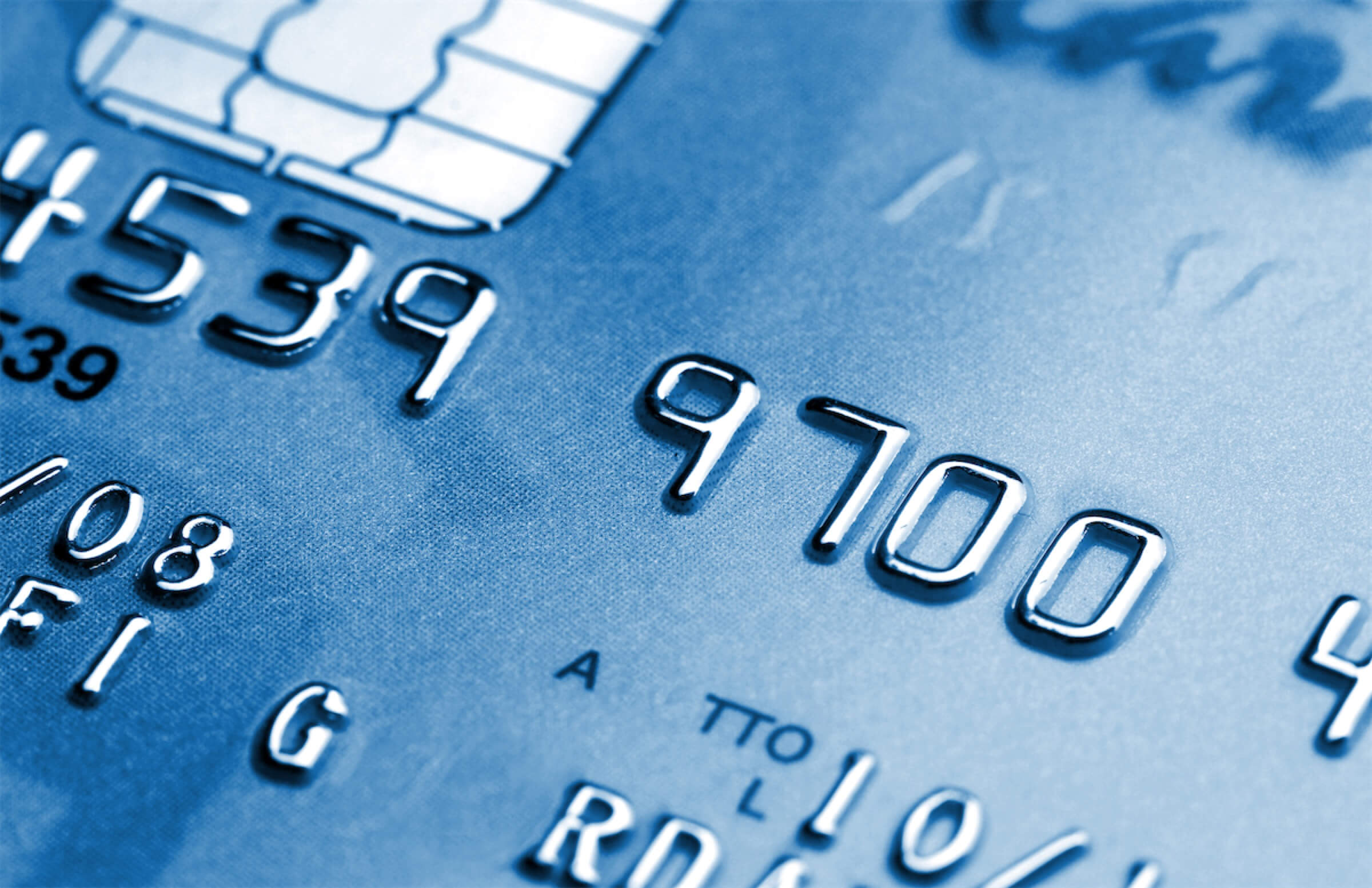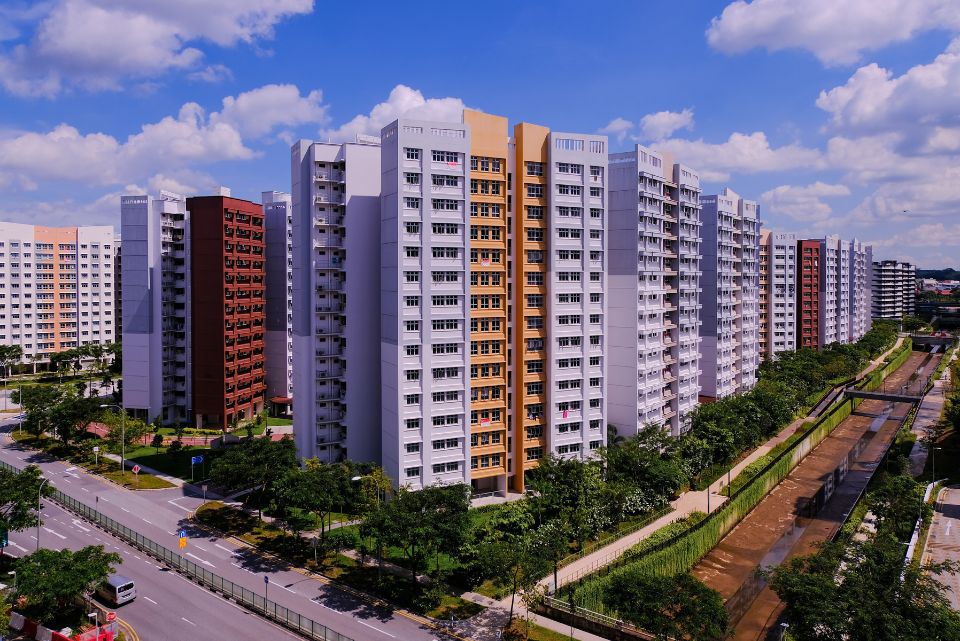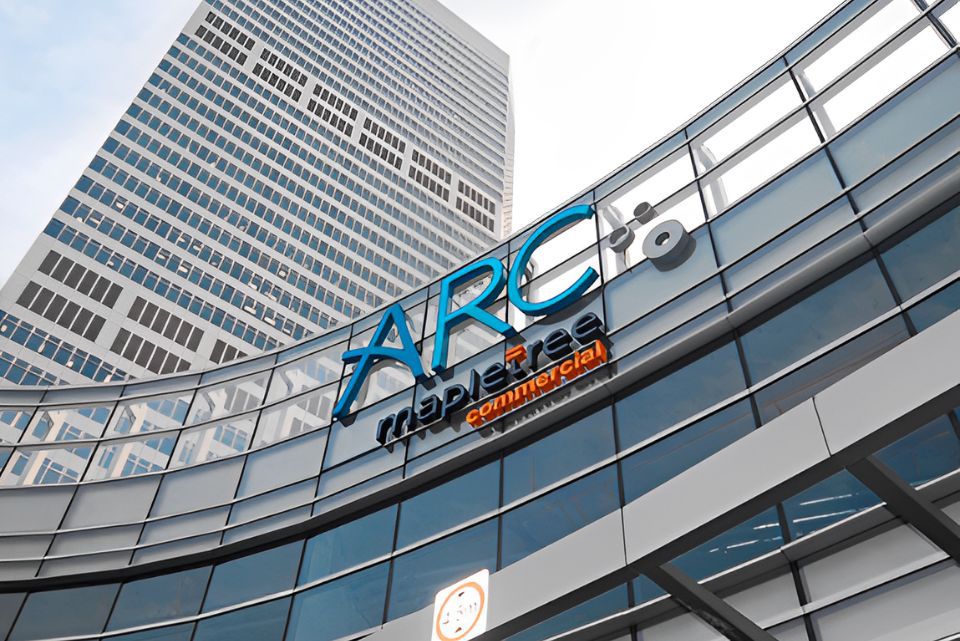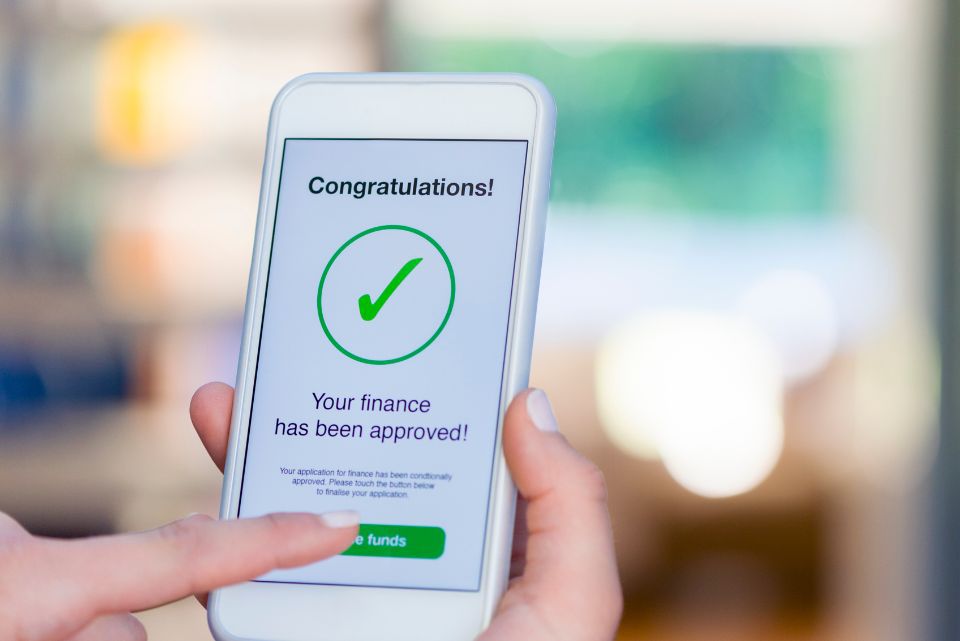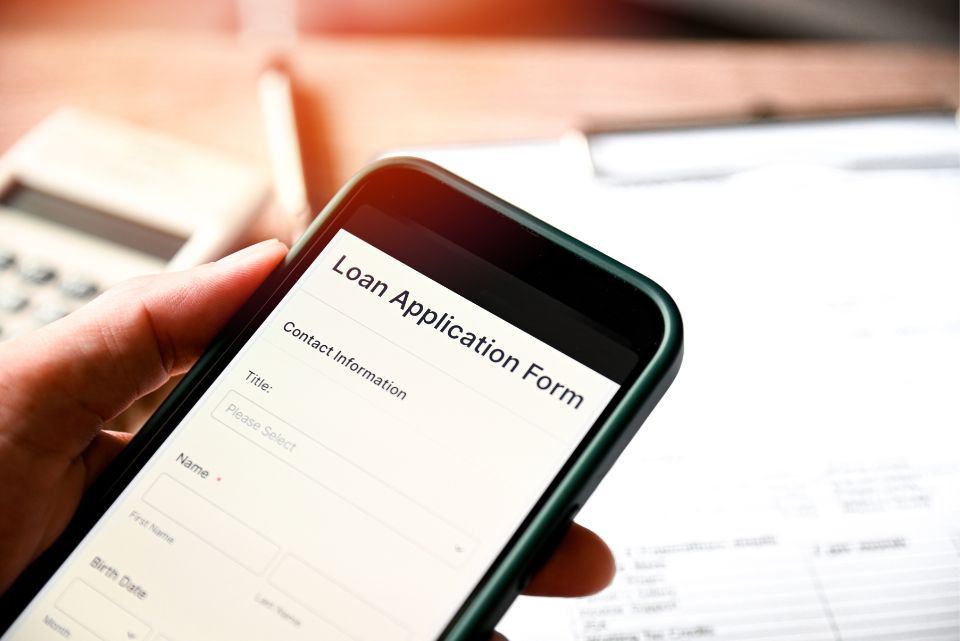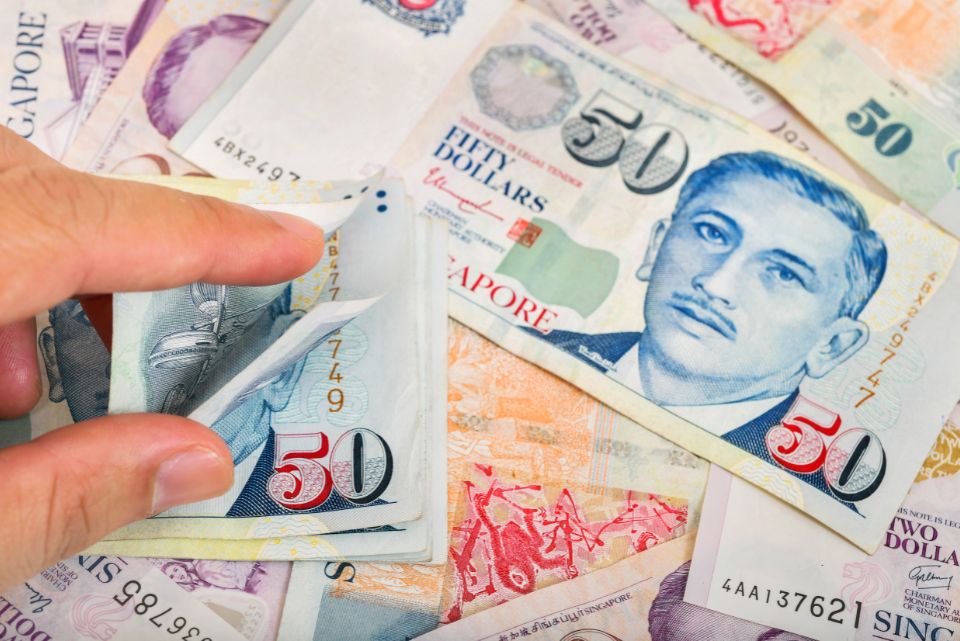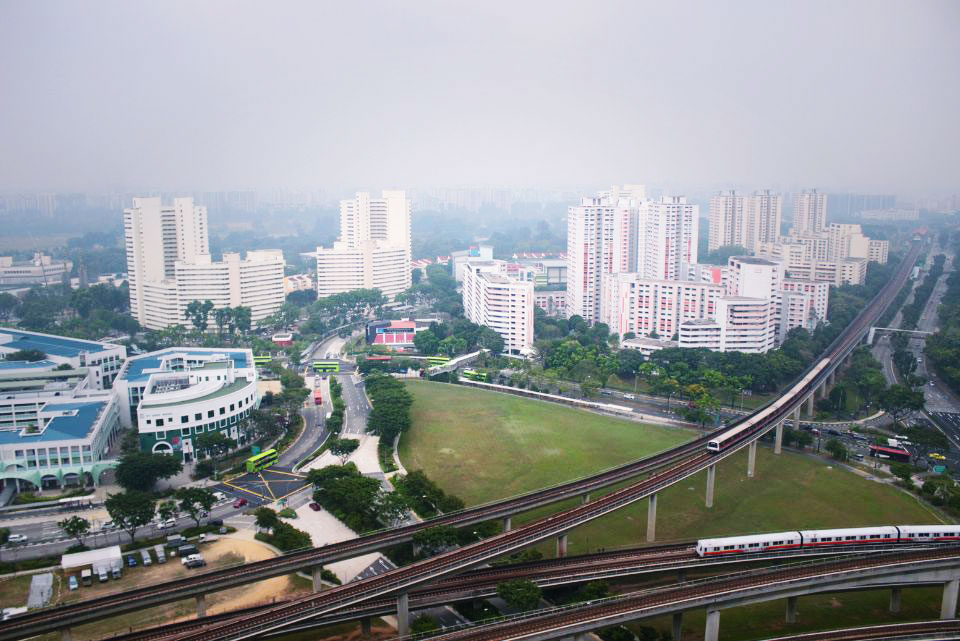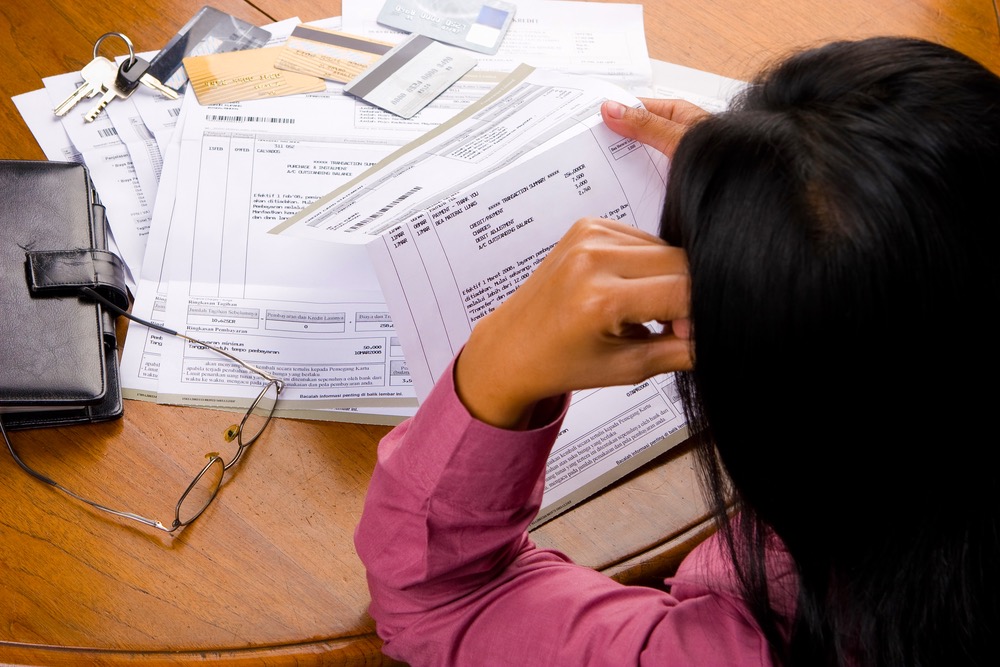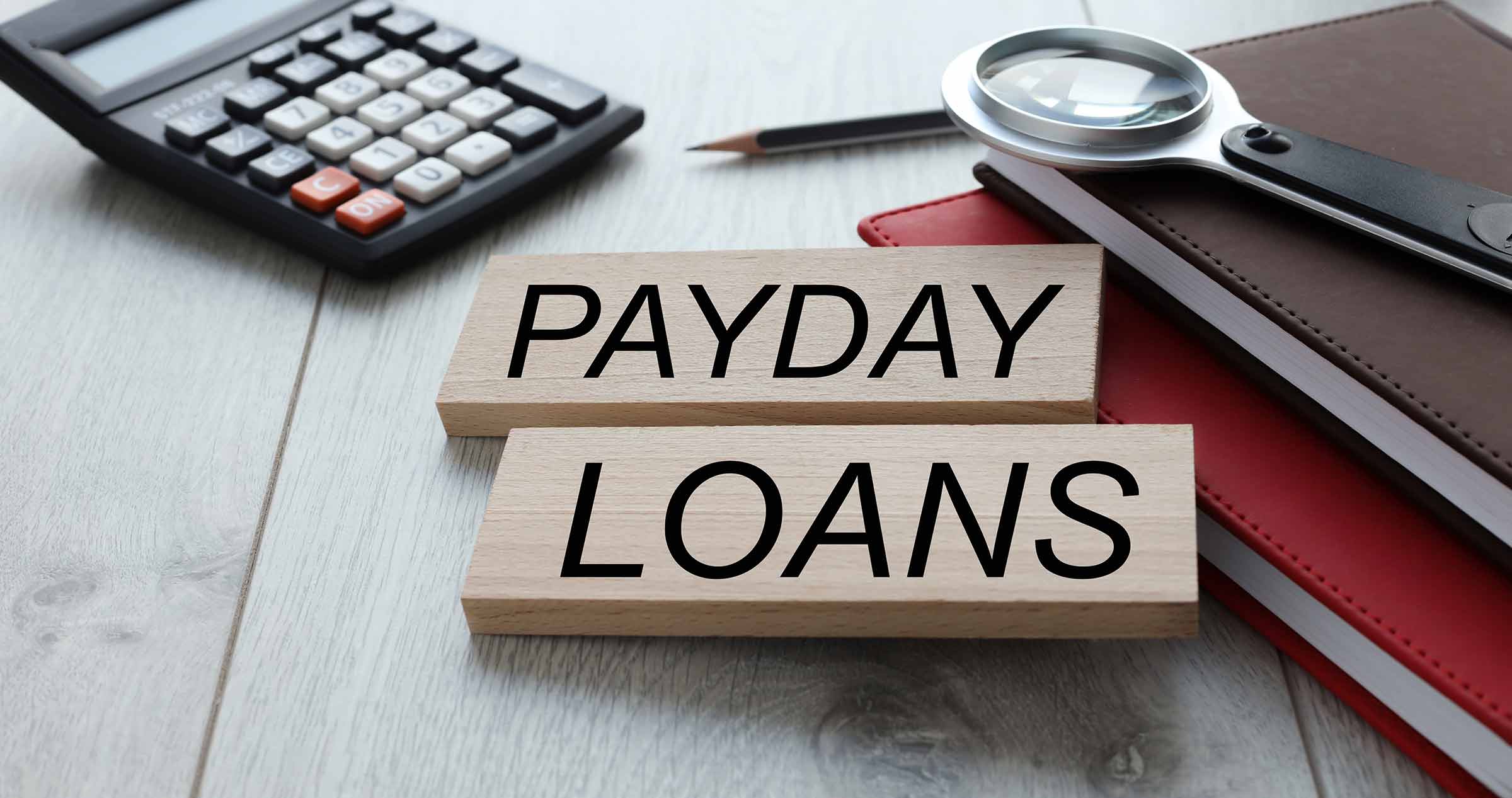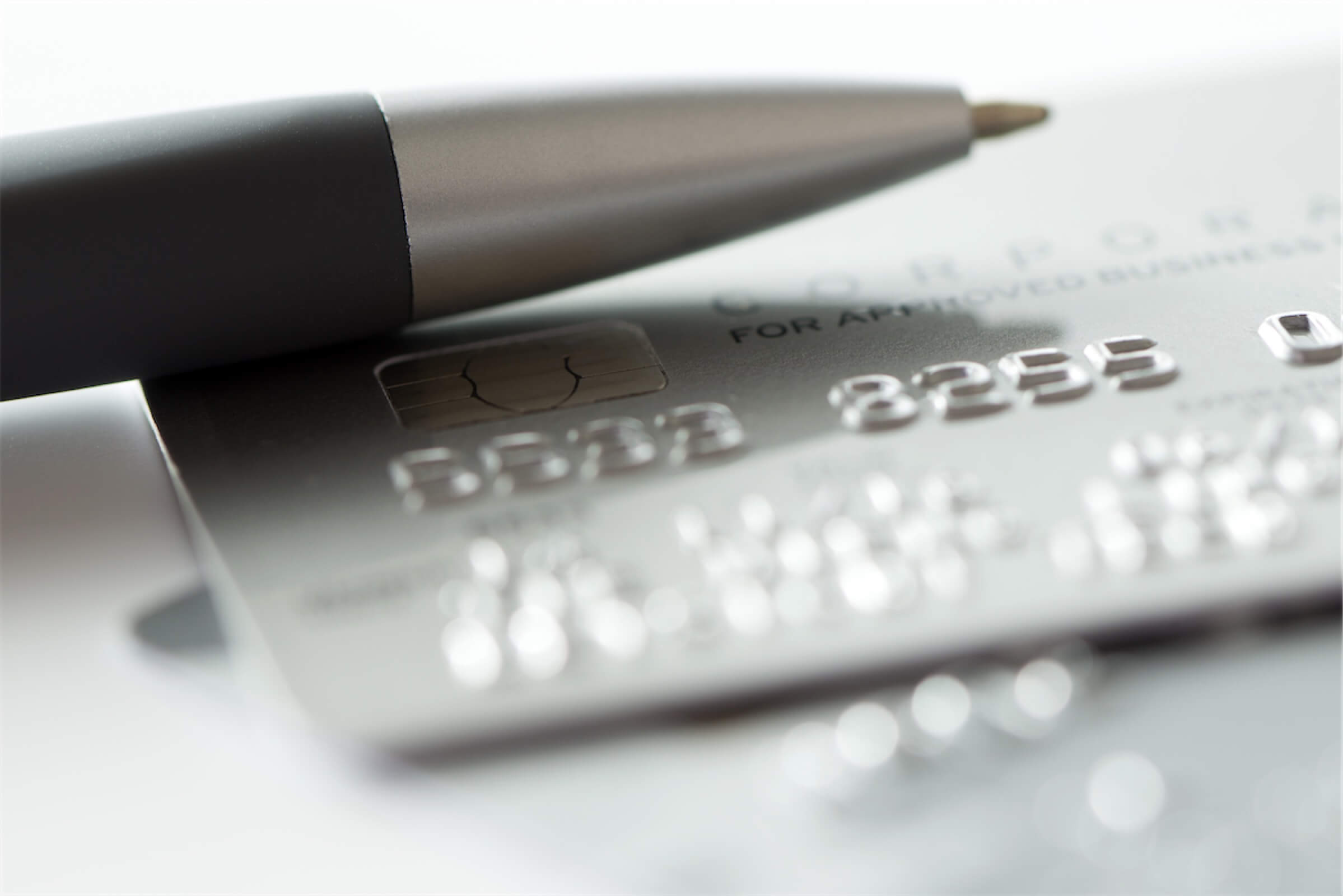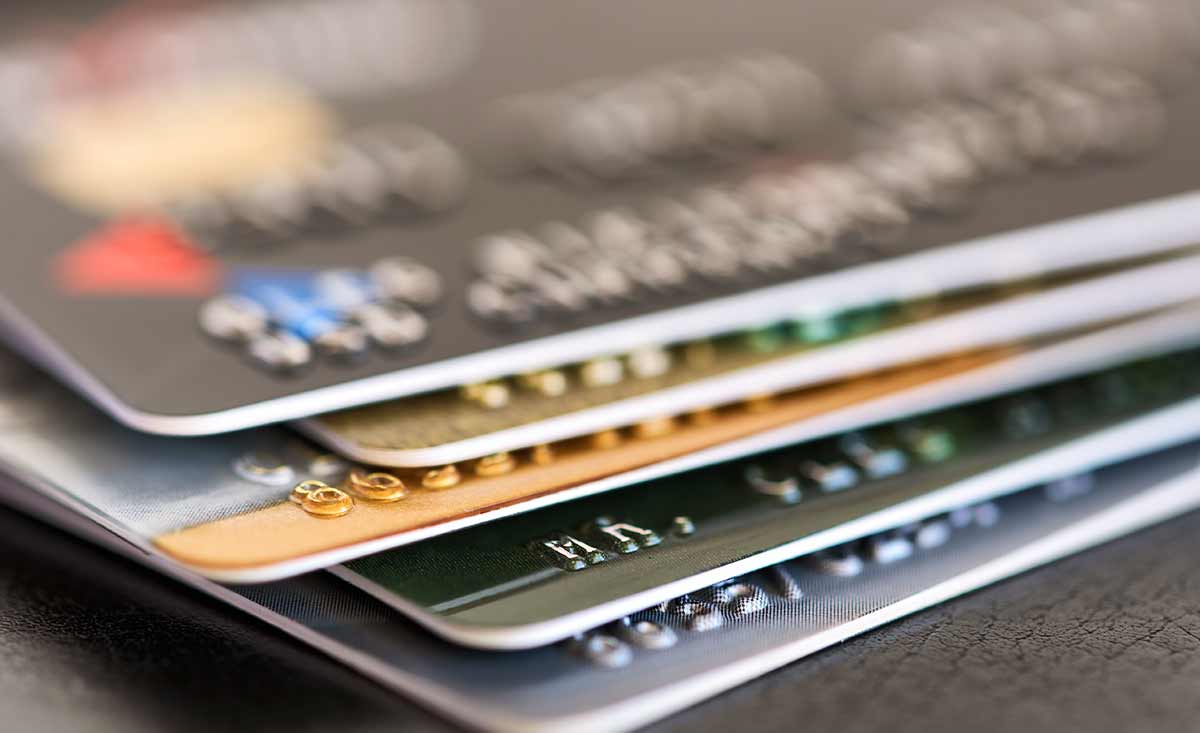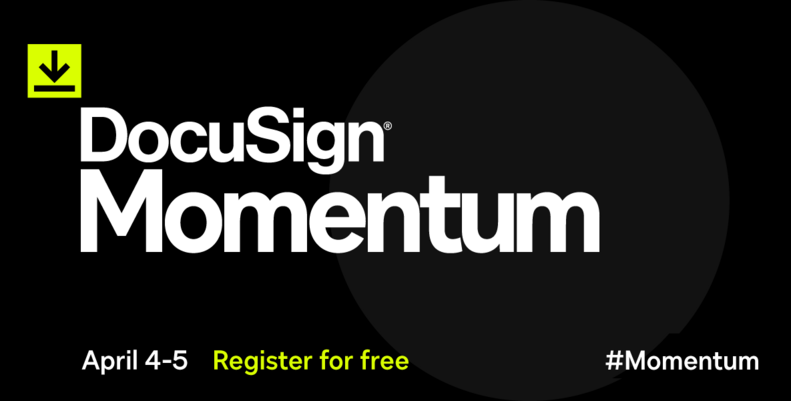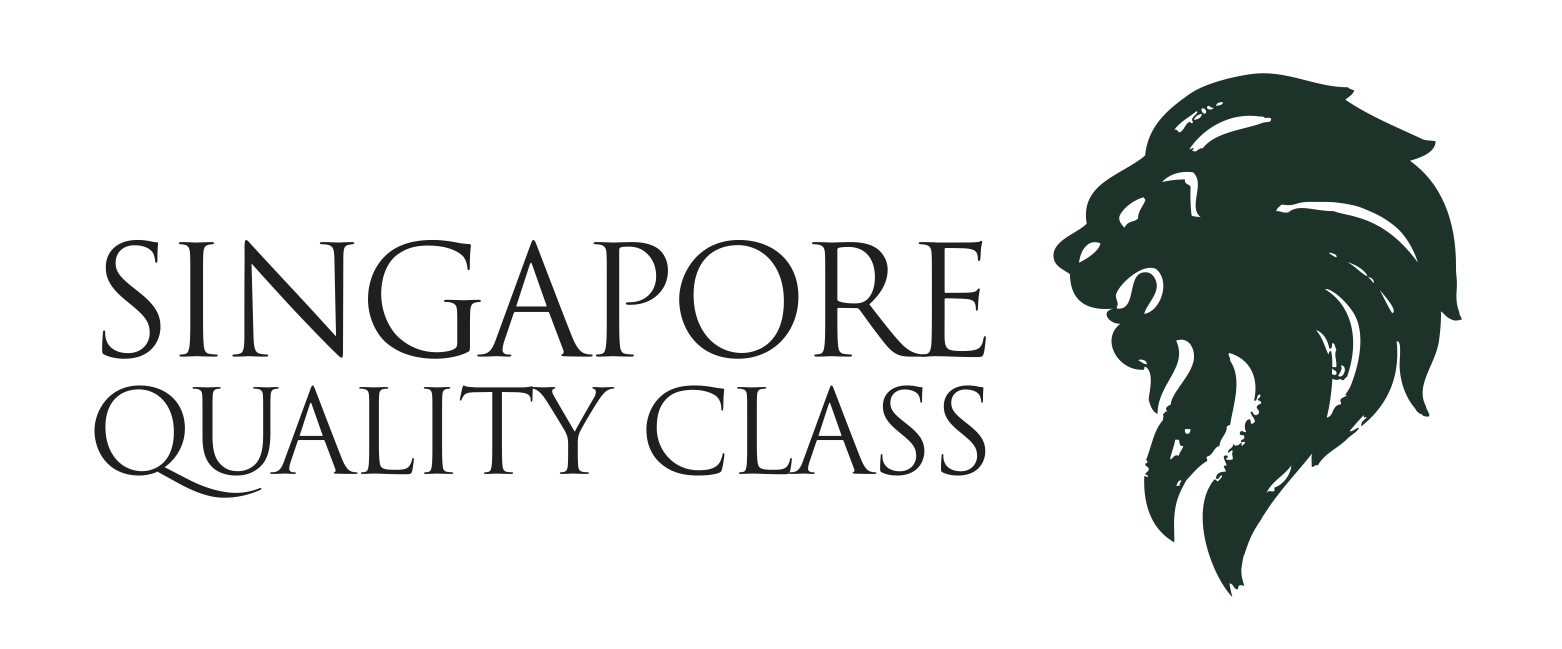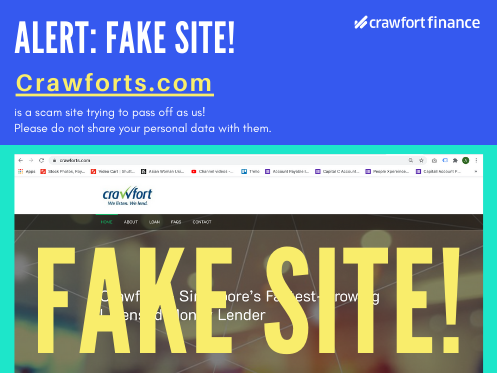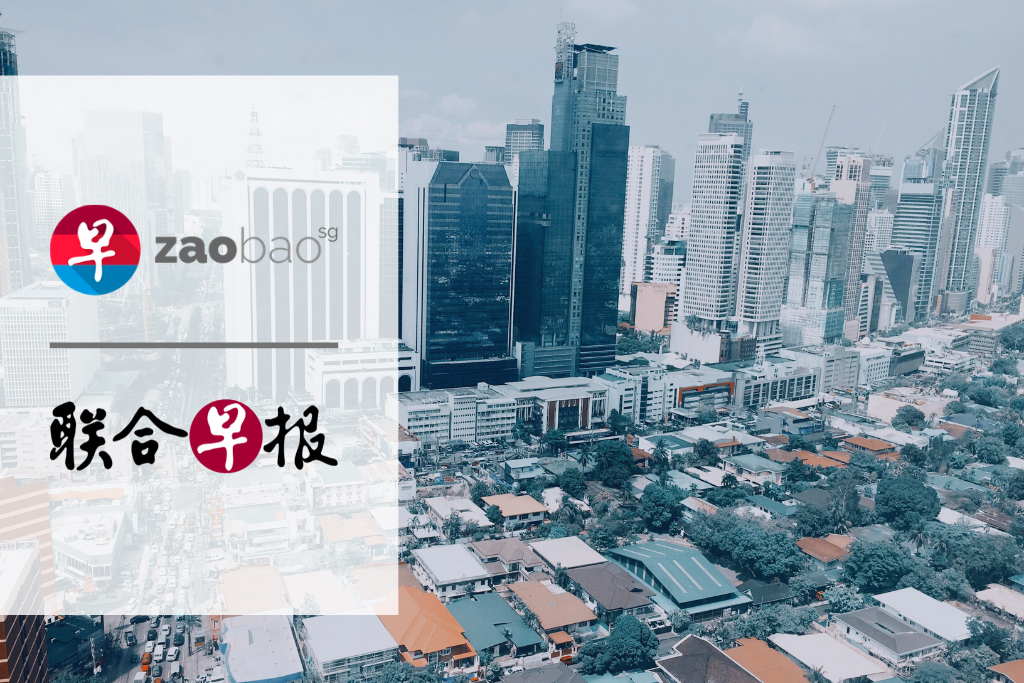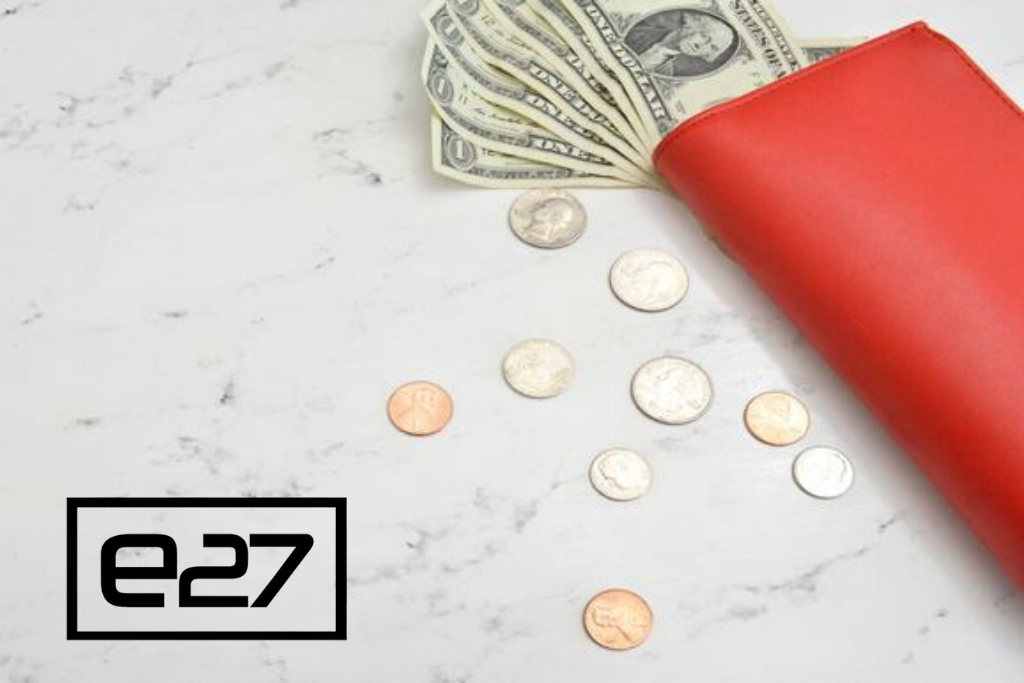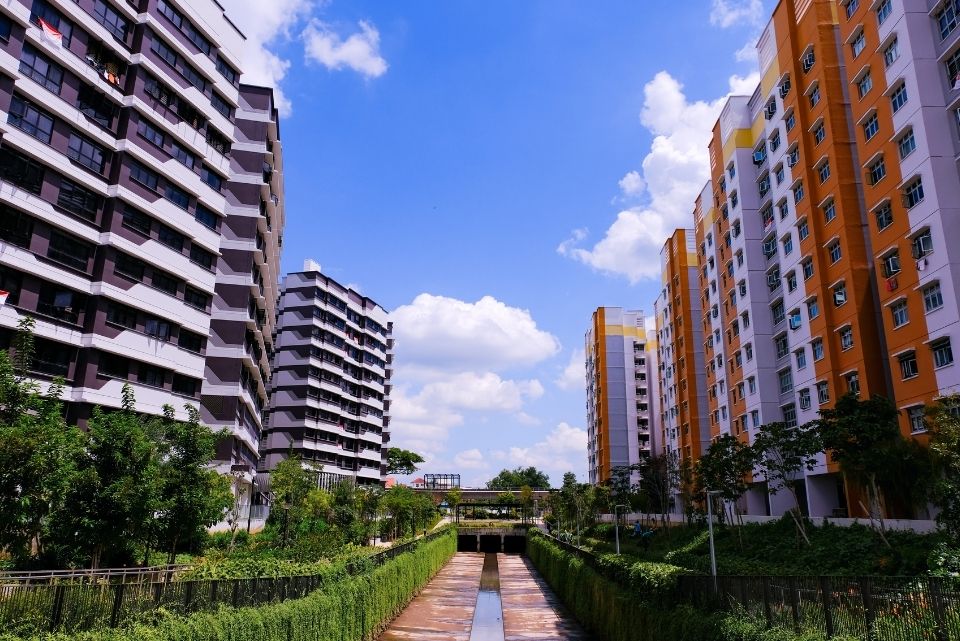
In Singapore’s dynamic property market, homeowners are constantly seeking ways to optimise their financial commitments. Switching your HDB loan to a bank loan can be advantageous, particularly when bank interest rates are lower than the HDB’s 2.6%.
By strategically transitioning to a bank loan, homeowners can potentially achieve financial savings, reducing their monthly mortgage payments and the total interest accrued over the loan’s tenure. This process, while potentially beneficial, requires careful consideration and a thorough understanding of the steps involved.
This article aims to provide a comprehensive guide, outlining the process, essential eligibility criteria, potential benefits, and crucial considerations that homeowners should weigh before embarking on the refinancing journey.
Understanding HDB Loan Refinancing
Refinancing involves replacing your existing HDB loan with a new loan from a bank or financial institution, typically at a lower interest rate. This switch can lead to significant savings over time, especially when market conditions favour lower borrowing costs.
Why Consider Refinancing Your HDB Loan?
For many Singaporeans, their HDB flat represents a significant financial commitment. While HDB loans provide stability with a fixed interest rate, the dynamic nature of the financial market presents opportunities for potential savings. “Refinancing your HDB loan with a bank can be financially advantageous:
1. Lower Interest Rates
HDB loans offer a stable interest rate of 2.6%, pegged 0.1% above the CPF Ordinary Account rate, providing borrowers with predictable monthly payments. However, bank loans frequently present more competitive interest rates, occasionally dipping below 2%, contingent on prevailing market conditions.
This discrepancy can lead to substantial potential savings through refinancing, as lower interest rates translate to reduced monthly repayments and a diminished overall interest burden, freeing up capital for other financial pursuits. Furthermore, bank loan rates are subject to market fluctuations, creating opportune moments to refinance and secure lower rates when they become available.
2. Refinancing Incentives and Promotions
Refinancing your HDB loan can yield significant financial benefits, primarily through securing lower interest rates compared to the stable 2.6% HDB rate, potentially reducing monthly repayments and overall interest paid. Banks actively entice borrowers with attractive incentives, such as cash rebates and subsidies for legal and valuation fees, to offset refinancing costs.
Current offers from banks like DBS, UOB, and OCBC include enhanced cash rewards, competitive interest rates, and promotions related to green home loans, though specific terms and conditions vary. It’s crucial to compare offers, considering factors like SORA-linked floating rates versus fixed rates, and to directly consult with banks for personalized advice to maximize potential savings.
Eligibility Criteria for Refinancing
Refinancing your HDB loan to a bank loan can offer significant financial advantages, but it’s essential to understand the eligibility requirements before proceeding. Banks implement specific criteria to mitigate risk and ensure borrowers can comfortably manage their debt obligations. Here’s a breakdown of the key considerations:
1. Mortgage Servicing Ratio (MSR)
The MSR is a crucial metric that restricts the proportion of your gross monthly income dedicated to property loan repayments. In Singapore, this is capped at 30% for HDB properties. This measure is designed to safeguard borrowers from overextending themselves financially, ensuring that a reasonable portion of their income remains available for other essential expenses.
2. Total Debt Servicing Ratio (TDSR)
The TDSR takes a broader view of your financial commitments, encompassing all debt obligations, including the prospective home loan. It limits the total portion of your gross monthly income allocated to these debts to 55%. This comprehensive approach promotes responsible borrowing by considering all financial commitments, from credit card debt to car loans, ensuring borrowers maintain a healthy debt-to-income ratio.
3. Loan-to-Value (LTV) Ratio
Banks typically finance up to 75% of the property’s valuation. Therefore, the LTV ratio plays a significant role in refinancing eligibility. If your outstanding loan amount exceeds 75% of your property’s current valuation or original purchase price, you may need to supplement the difference with cash or Central Provident Fund (CPF) funds. This requirement ensures that borrowers have sufficient equity in their property, reducing the bank’s exposure to potential losses.
The Refinancing Process
Refinancing a housing loan in Singapore, especially for HDB properties, involves several key steps:
1. Assess Your Financial Status
Refinancing your HDB loan necessitates a thorough assessment of your current financial standing. Begin by evaluating the specifics of your existing HDB loan, paying close attention to the outstanding balance and the remaining loan term. Subsequently, meticulously analyse your financial health, considering factors such as the stability of your income and any other outstanding debts you may possess. Finally, determine whether refinancing aligns with your long-term financial objectives, such as reducing your monthly repayments or shortening the overall duration of the loan.
2. Research and Compare Loan Packages (Focusing on HDB Loans and Bank Packages)
When considering refinancing your HDB loan, it’s essential to check the mortgage loan offerings from various banks, paying particular attention to packages specifically designed for HDB properties. Carefully compare the interest rates available, whether fixed, floating, or hybrid, alongside the lock-in periods and any associated fees, such as legal and valuation costs.
For floating rate packages, consider the SIBOR or SOR rates. To streamline this process, utilise online comparison tools tailored to the Singaporean mortgage market.
3. Check for Lock-In Periods and Penalties (Existing HDB Loan or Bank Loan)
Review your existing HDB loan agreement or current bank loan agreement for any lock-in clauses or penalties for early repayment.
Understand the cost of breaking the existing loan agreement.
4. Obtain Approval in Principle (AIP) from the Bank
Once you’ve selected a preferred loan package from a bank, apply for an AIP.
This provides an estimate of the loan amount you qualify for.
5. Property Valuation (HDB or Private)
The bank will arrange for a valuation of your HDB flat or private property to determine its current market value.
This valuation is crucial for determining the loan-to-value (LTV) ratio.
6. Engage Legal Services (Conveyancing):
A lawyer specialising in conveyancing will handle the legal aspects of refinancing. This includes disbursing the new loan to redeem the existing HDB loan or bank loan and registering the new mortgage with the Singapore Land Authority (SLA).
7. Loan Disbursement and Settlement
Following the completion of all necessary legal procedures, the new bank will disburse the loan, effectively redeeming your existing HDB loan or bank loan. To ensure a smooth and timely process, it is crucial that you provide all required documentation promptly, thereby avoiding any potential delays in the loan disbursement.
Important Factors to Weigh Before Refinancing Your HDB Loan
Refinancing your HDB loan can offer potential savings, but it’s a decision that requires careful consideration of several key factors.
Irreversibility
Once you refinance from an HDB loan to a bank loan, you cannot revert to an HDB loan. Therefore, ensure you are comfortable with this permanent change.
Interest Rate Fluctuations
Bank loan interest rates can be variable, influenced by market conditions. While current rates may be lower than the HDB rate, they can increase over time, potentially offsetting initial savings.
Lock-In Periods and Flexibility
Bank loans often come with lock-in periods during which refinancing or early repayment incurs penalties. Assess the flexibility of the loan terms, especially if you anticipate selling your property or making partial repayments in the near future.
Additional Costs
Consider all associated costs, including legal fees, valuation fees, and potential penalties. While some banks offer subsidies, these may come with conditions such as a clawback period (e.g. 3 years), requiring you to stay with the bank for a specified duration to avoid repaying the subsidies.
Sample Figure: Monthly Repayment Comparison
Below is an example of how monthly repayments differ between an HDB loan and a refinanced bank loan over a 25-year loan tenure:
| Loan Type | Interest Rate | Loan Amount | Monthly Repayment |
| HDB Loan | 2.6% | S$300,000 | S$1,358 |
| Bank Loan | 2.0% | S$300,000 | S$ 1,272 |
Note: The above figures are for illustrative purposes only and may vary based on individual loan terms.
Timing Your Refinancing
Begin exploring refinancing options about four months before your current loan’s lock-in period ends. This timeframe accounts for the notice period required by your current bank and the processing time for the new loan.
Early planning ensures a seamless transition and helps secure favourable interest rates.
Recent Trends in Mortgage Refinancing
In 2024, Singapore witnessed a significant surge in mortgage refinancing activities, particularly among Housing and Development Board (HDB) flat owners. This uptick was primarily driven by a decline in fixed home loan interest rates, which fell below 3% following successive rate cuts by the US Federal Reserve.
Moreover, the United Overseas Bank (UOB) experienced an 85% increase in HDB loan refinancing transactions in 2024 compared to the previous year, with a 60% year-on-year rise observed between June and November 2024. Private residential loan refinancing also saw a growth of nearly 15% during the same period.
These trends underscore the importance for HDB homeowners to stay informed about market trends and assess refinancing opportunities that could lead to substantial financial benefits.
The Bottom Line
Refinancing your HDB loan can be a prudent financial decision, offering potential savings through lower interest rates and reduced monthly payments.
However, it requires careful consideration of eligibility criteria, associated costs, and the irreversibility of switching from an HDB loan to a bank loan.
By thoroughly evaluating your financial situation and staying informed about market trends, you can make a well-informed decision that aligns with your long-term financial goals.
Need a fast, flexible solution to refinance your HDB loan?
Crawfort, a trusted licensed money lender in Singapore can help. Secure a personal loan with approval in just 8 minutes, streamlining your refinancing journey. Contact us now and experience a smoother, more efficient path to financial savings.



